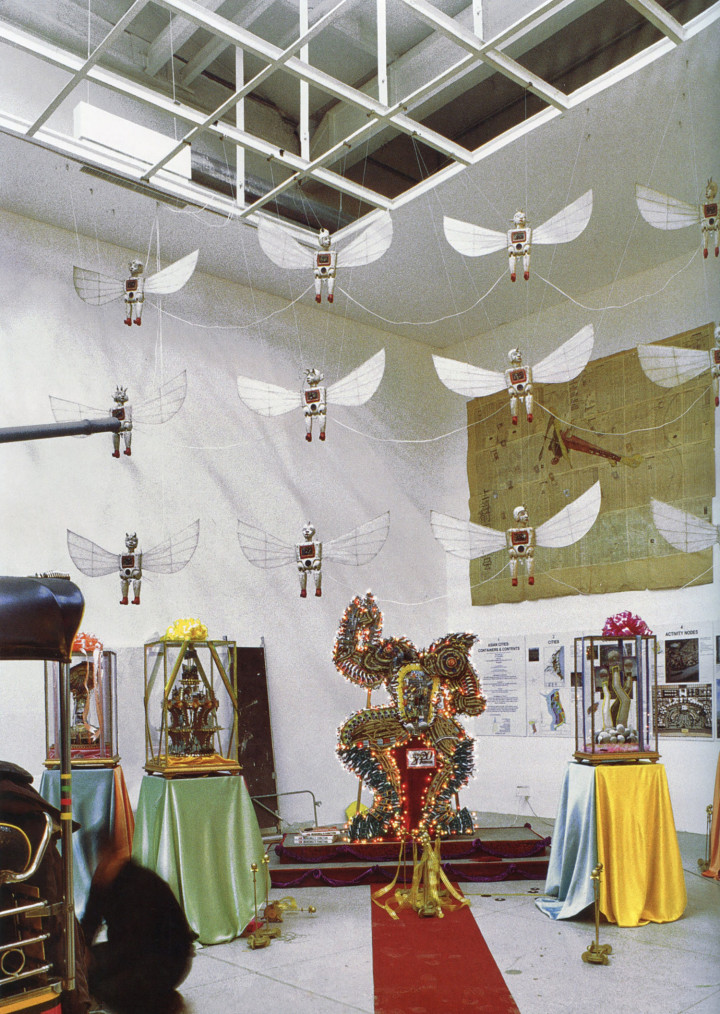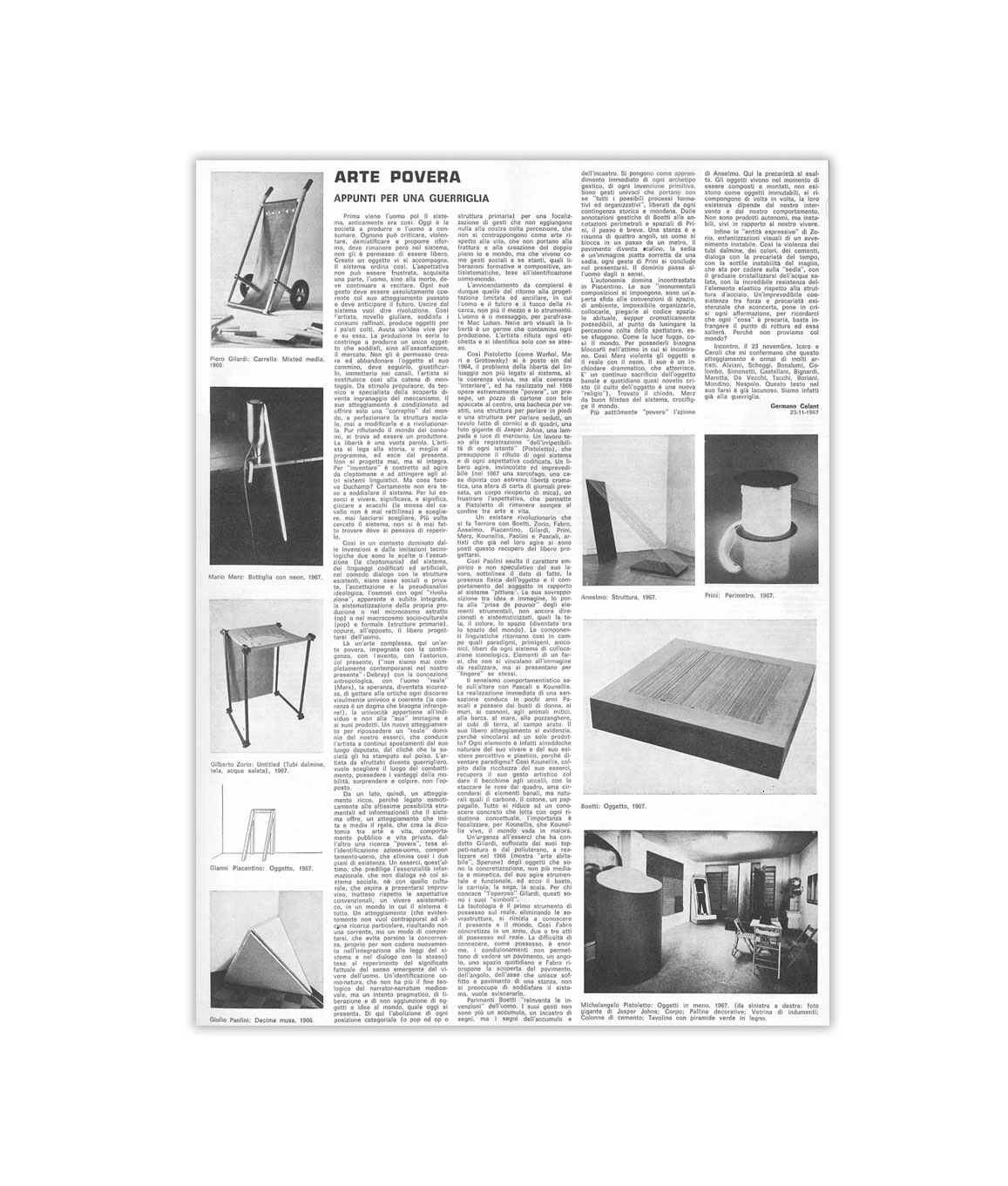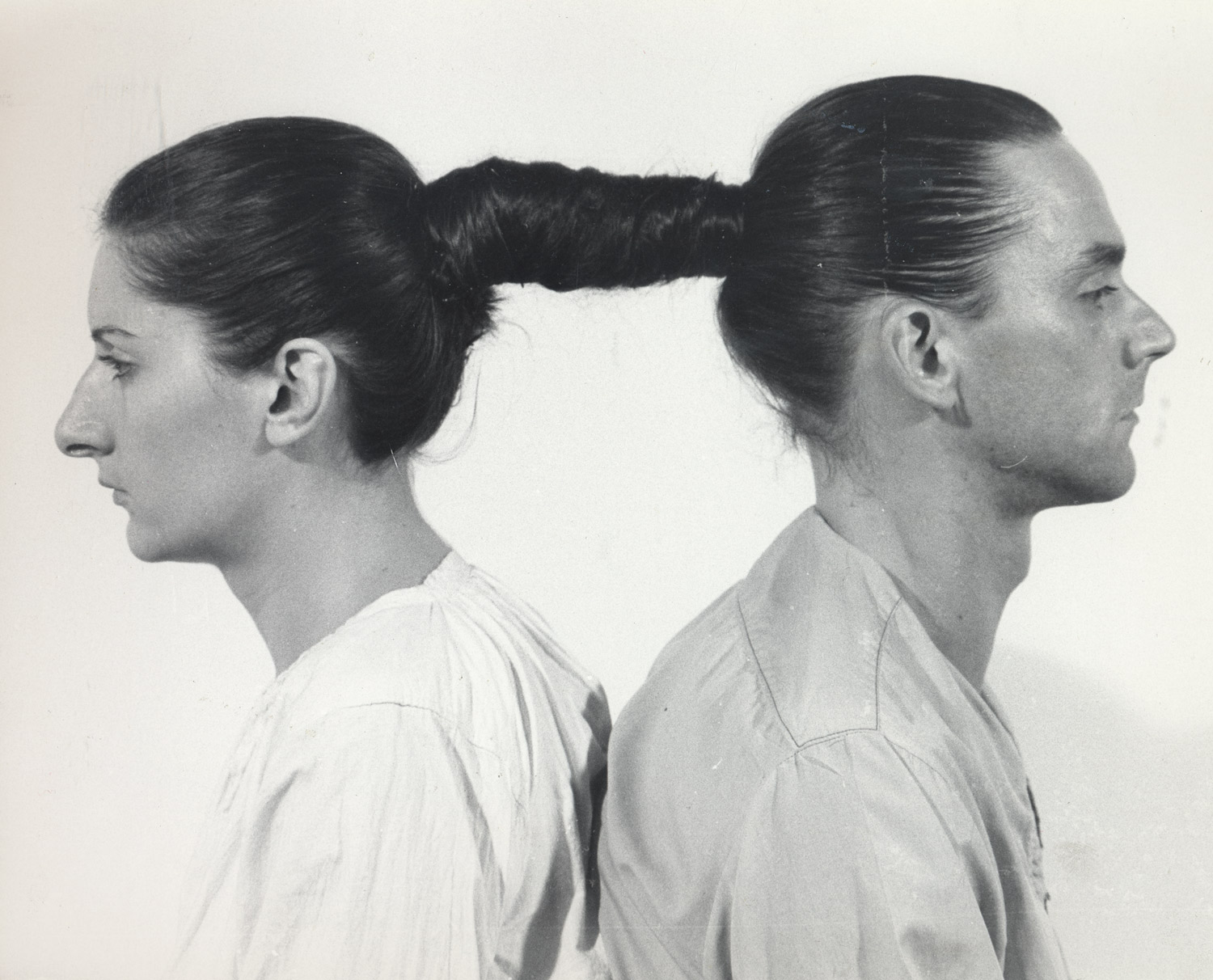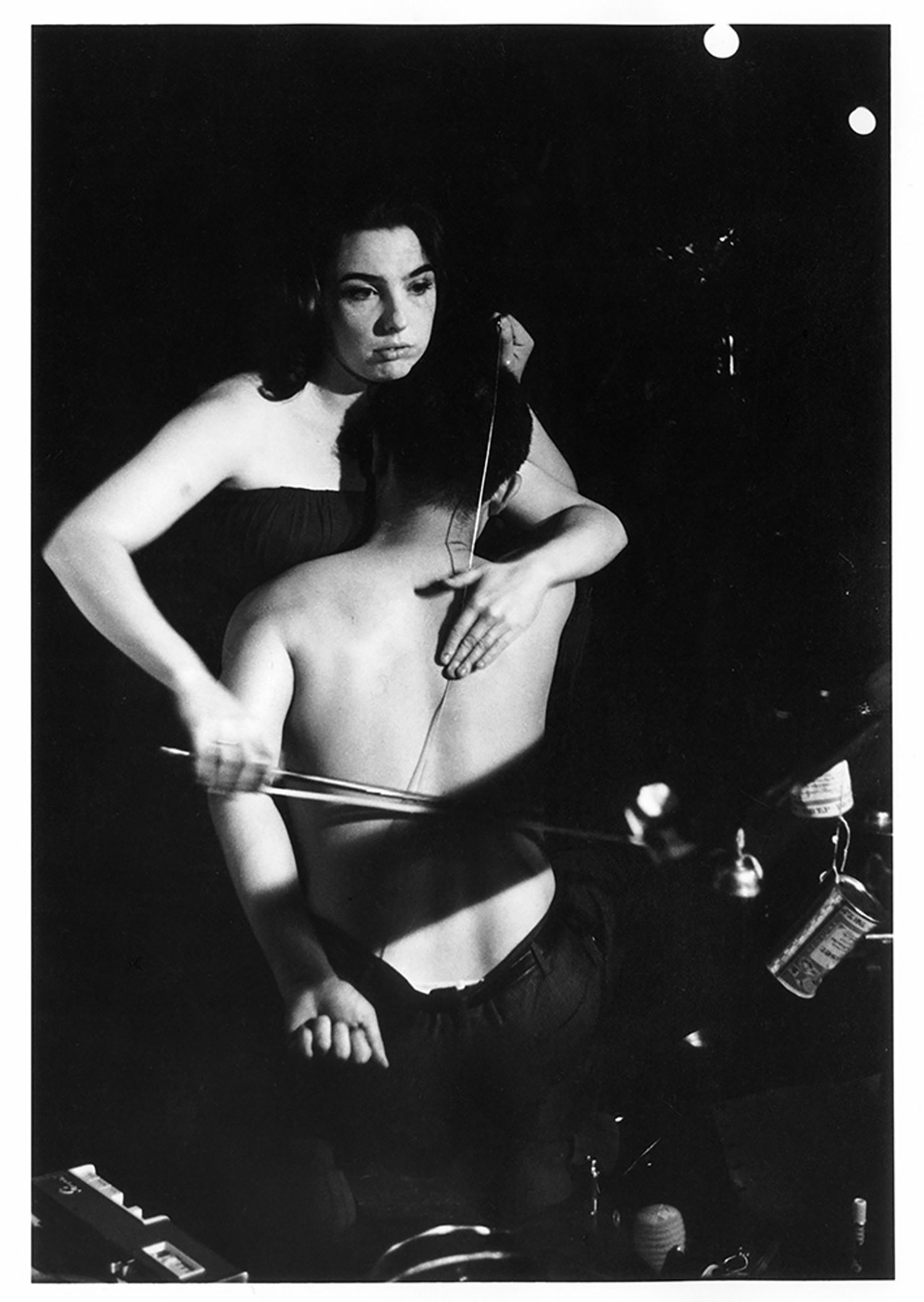
A fascination with the socio-topographic complexity of the modern metropolis is not new in the 20th century. What is new is the recent focus on the contradictory and conflicted histories of modernization in the rapidly developing economies of Asia, which have led to the development of contemporary hypercities such as Kuala Lumpur, Bangkok, Hong Kong and Tokyo. It is in and around the shifting skylines of the contemporary Asian megalopolis that the battles over the significance of the legacy of modernism and modernization are today taking place.
Curated by Hans Ulrich Obrist and Hou Hanru, “Cities on the Move” exuded the cacophony of the Asian hyper-architecture that it took as its model. Physically mimicking the controlled chaos of these evolving Asian urban landscapes, the curators brought together contributions by over 70 artists and architects working in and around Asia. They attempted to map the uniquely hybrid manifestations of Asian urban modernization, which they describe in terms of Rem Koolhaas’s notion of “Cities of Exacerbated Difference” (COEDs).
For Koolhaas, conflicts and contradictions between the dictates of a rapidly expanding globalizing consumer economy, and the specific cultural histories of these territories, play themselves out in a manner quite unlike the teleological narratives of Western urbanization. It is on the scaffolding of Koolhaas’s COEDs that the exhibition “Cities on the Move” erected its conceptual edifice.
Literally infiltrating every square inch of the Secession’s modernist architecture, the work in “Cities on the Move” ranged from the ephemeral to the concrete, integrating numerous models and plans for architectural projects with a wide array of sculpture, installation, video, photography, performance and painting. In many cases the works on view were highly applicable to the exhibition’s thesis, as was the case with architects such as Oscar Ho, Aaron Tan and Rem Koolhaas who contributed models, plans or conceptual studies of Asian cities, or Beijing architect Yung Ho Chang who made an architectural intervention in the galleries themselves, creating a bi-level rectangular scaffolding structure which became the centerpiece of this exhibition. But architects weren’t the only ones making incursions into the museum space as Matthew Ngui demonstrated with his installation of PVC pipes used for two-way conversations which traveled throughout the entire museum, into the Secession offices and out onto the street, turning the architecture of this space inside out. One of the questions that this exhibition perhaps inadvertently raised, is how architecture and art can coexist in a gallery setting. In this case it became clear that Chang’s scaffolding dominated the gallery space, forcing visual artists and architects alike into the periphery of the gallery space in somewhat Byzantine (but certainly urban) salon-style agglomerations.

On the other hand, projects such as Rirkrit Tiravanija and Navin Rawanchaikul’s Tuk Tuk installation which involved two Tuk Tuk taxis (one being driven around the city, and the other installed in the exhibition) and a painted Thai-style movie billboard, infiltrated the city environs bringing the urban landscape of Bangkok to the streets of Vienna. At the same time more ephemeral works such as Simryn Gill’s postage stamp project, Judy Freya Sibayan’s Scapular Gallery Nomad (a gallery worn around the artist’s neck), and Wong Hoy-Cheong’s installation based on email messages about the kinds of foods that people bring on trips, each had a more sedate presence in the galleries while bringing home the idea of the contemporary urban landscape as one fragmented and dispersed by a transnational post-urbanity.
If at a certain level the power of the individual contributions of many of these artists was lost amidst the larger scope of the curator’s theoretical edifice, the exhibition itself could be seen as something of a larger collaborative work, drawing attention to a number of known and lesser known artists working in the emerging hypercities of Asia while also demonstrating a kind of institutional subversion of traditional Western curatorial practice.
In the end, however, “Cities on the Move” was as much an experiment in the architectonic construction of an art exhibition as it was an investigation of the contemporary urban landscape of Asia. This was just as much its weakness as its strength. While this might be seen as problematic coming from the perspective of either the architectural or visual arts communities respectively, it is the parallels between this curatorial displacement and the counter-modernist development of the Asian supercities that made this exhibition so provocative. And while it seemed at times ad hoc and constantly in progress, “Cities on the Move” was itself an exhibition on the move, an organic, respiring, conglomeration of projects by artists and architects brought into a kind of uneasy proximity within the modernist walls of the Wiener Secession.
In many cases, the strongest works in “Cities on the Move” were installations and sculptural projects by a number of artists whose work did not always address the central thesis of the exhibition. While Liew Kung Yu’s photo-collaged architectural conglomerations brought out precisely the tensions between modernization and tradition that were at the center of this exhibition, strong contributions such as Jeong-A Koo’s crushed aspirin, Lee Bul’s gigantic inflatable character, and Sarah Sze’s “cityscape” constructed from materials such as crates, gum packages, and toothpicks, did not necessarily always address the topic so directly.
from Flash Art International n°199, 1998.





